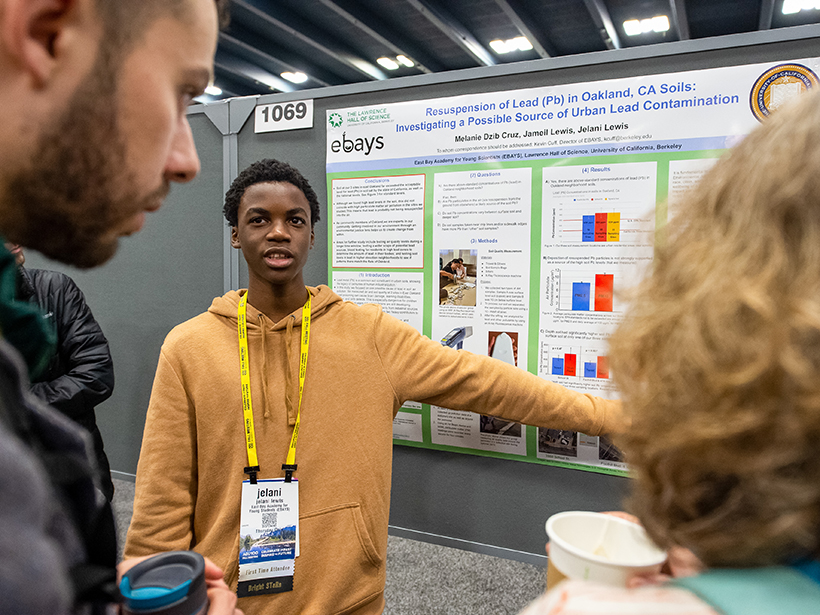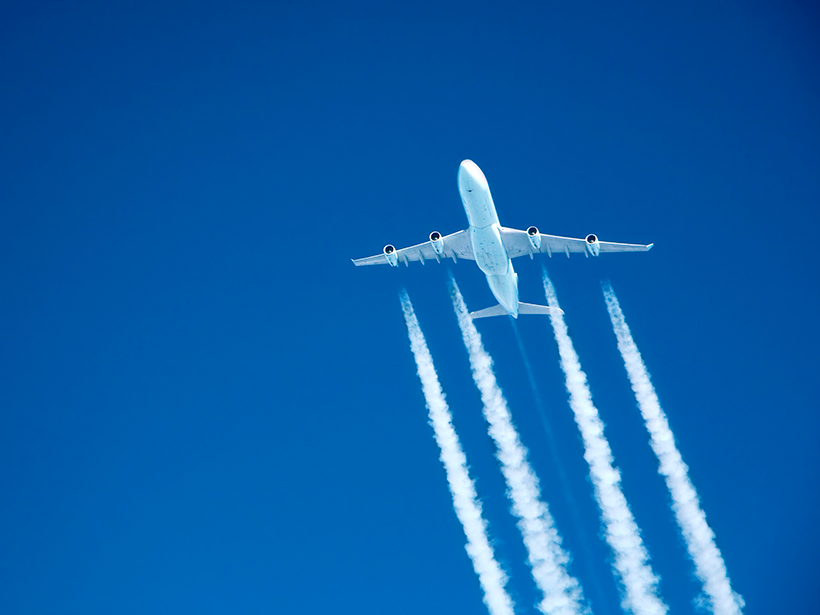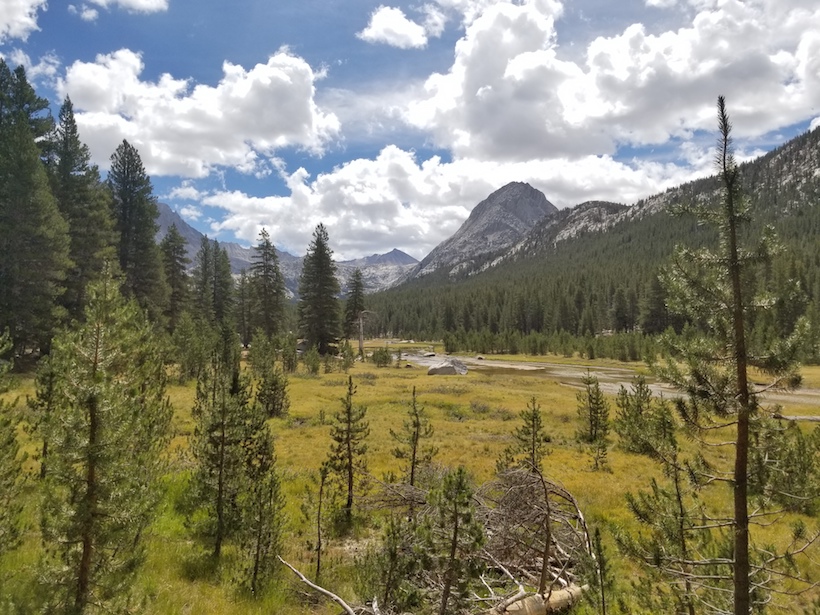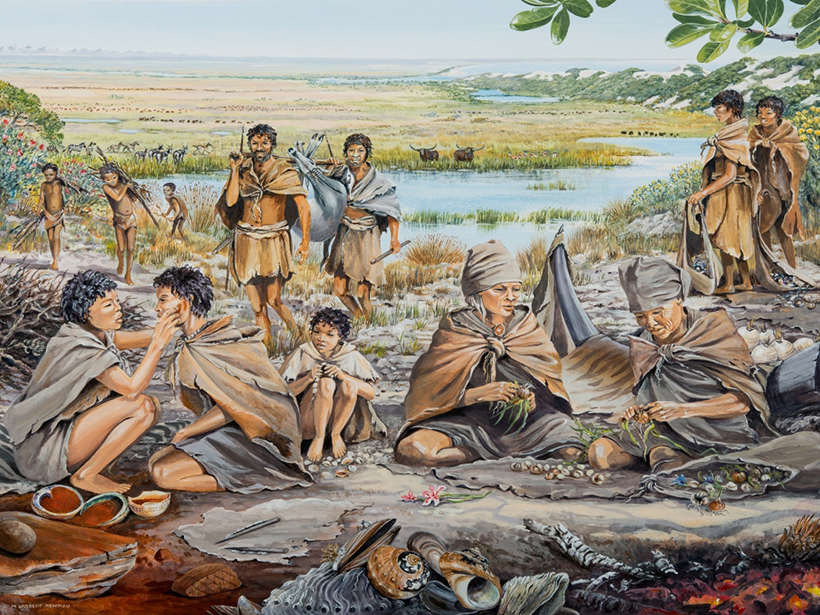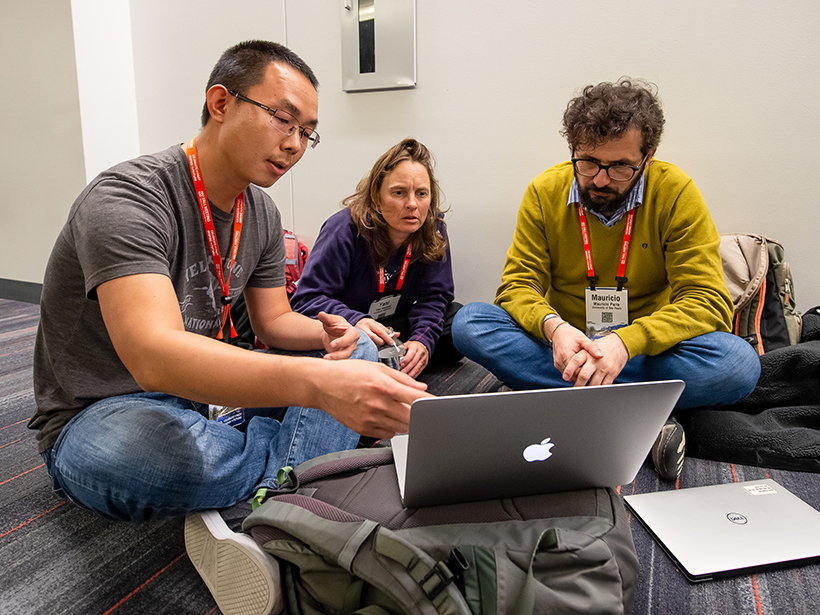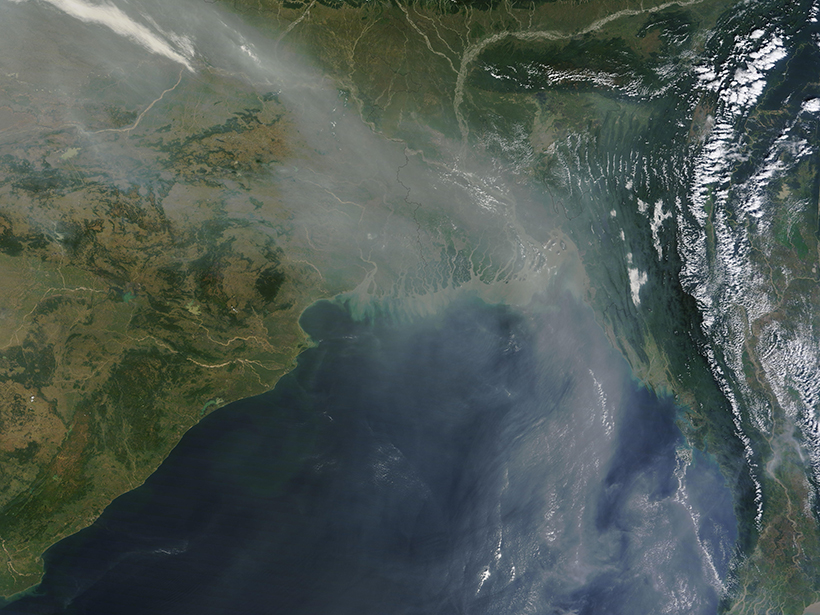AGU’s Bright STaRS offers a model for programs to give middle and high school students a taste of what a career in science can offer.
Features
The Two-Year On-Ramp
This community college in Texas has figured out how to guide its students into geoscience careers.
An Unfought Geoscience Battle in U.S. Prisons
Prisoners, activists, and lawyers are fighting to protect incarcerated people from pollution and the dangers of climate change. There’s a place for geoscientists in the fight too.
Greening the Friendly Skies
Decarbonizing the aviation industry won’t be easy. The coronavirus pandemic complicates the situation but also presents an opportunity.
Traversing the High Sierra on the People’s Paths
Living in Geologic Time: Backpacking through the past, present, and future of fire on the John Muir Trail.
A Lost Haven for Early Modern Humans
Sea level changes have repeatedly reshaped the Paleo-Agulhas Plain, a now submerged region off the coast of South Africa that once teemed with plants, animals, and human hunter–gatherers.
Mentorship During a Pandemic: Transitions from Lab and Sea to Virtual
With mentorship having gone virtual this past summer, three geosciences programs offer case studies about how to form meaningful connections during a time of social distancing.
Opportunities and Challenges of Virtual Meetings
Ever since the COVID-19 pandemic imposed on us a virtual existence, conference attendees and organizers have been living out an experiment that will change how scientists gather in the future.
¿Por Qué la Luz Solar es Importante para los Derrames de Petróleo en el Mar?
Una década de investigación desde el desastre de Deepwater Horizon ha revelado cómo la luz solar—su importancia subestimada durante mucho tiempo en la ciencia de derrames de petróleo—altera sustancialmente el petróleo que flota en la superficie del mar.
The Bay of Bengal and the Curious Case of the Missing Rift
In a classic detective story, clues from data new and old helped researchers reveal the puzzling chain of tectonic events that followed the Early Cretaceous split between India and Antarctica.

